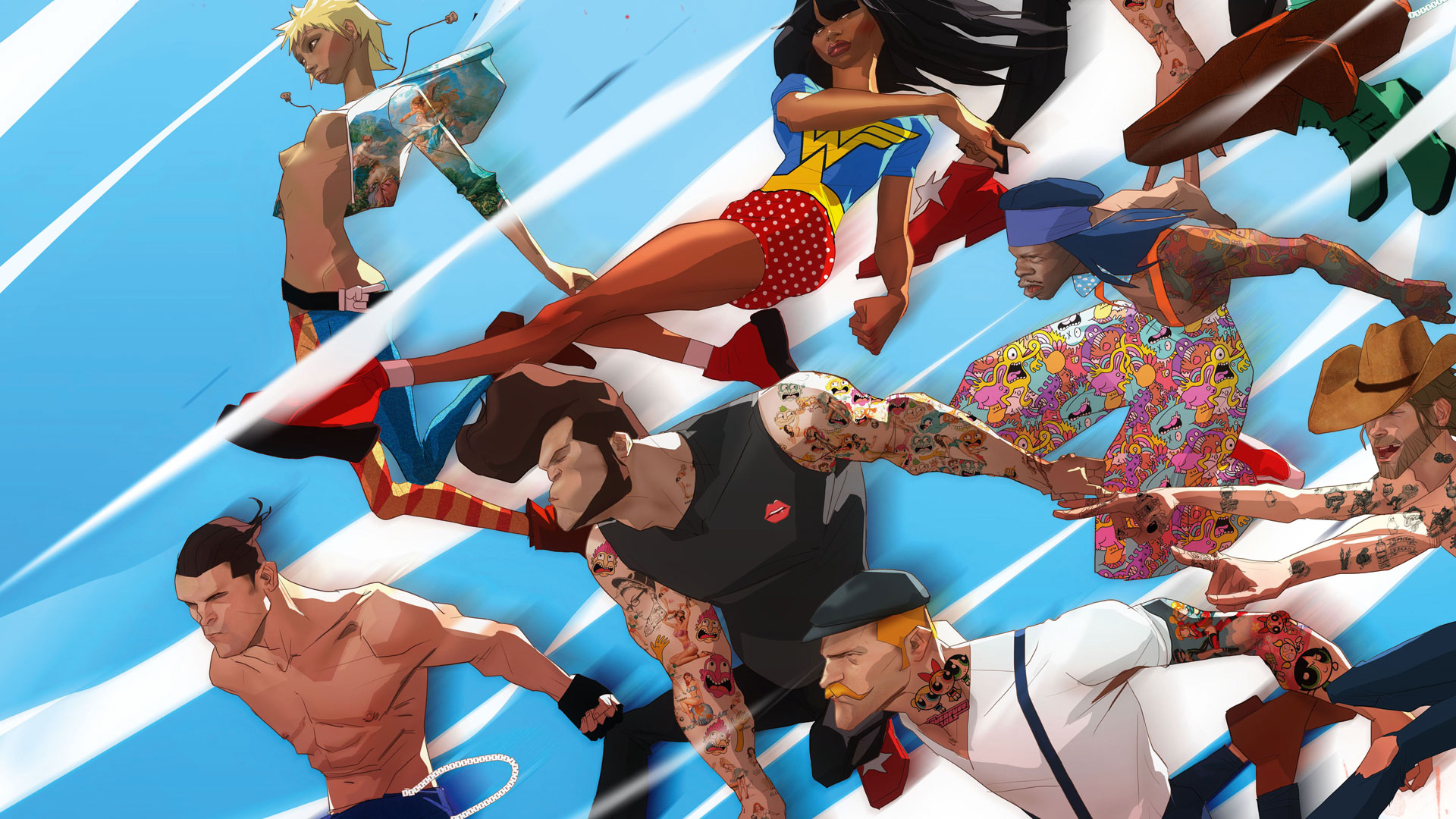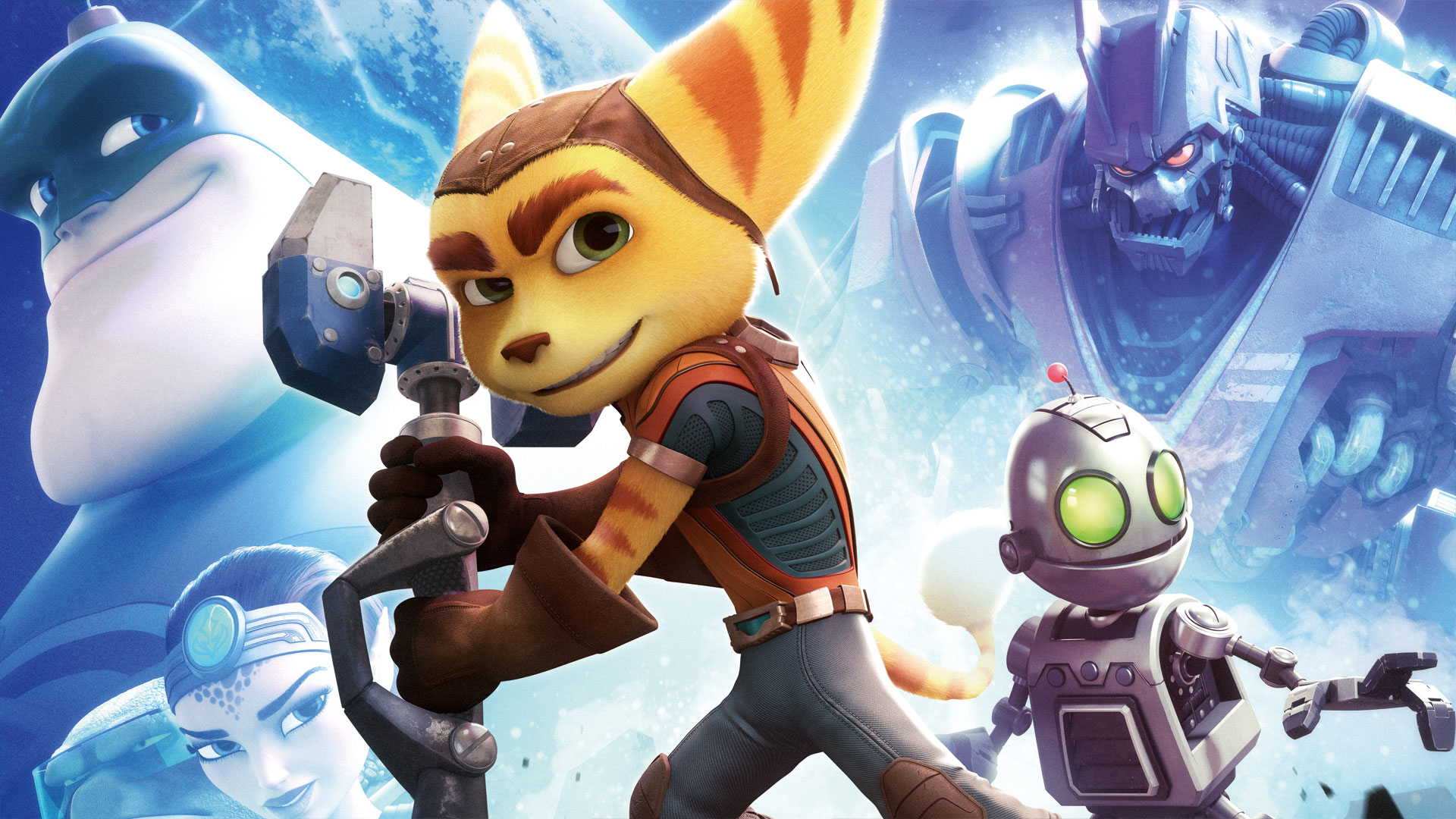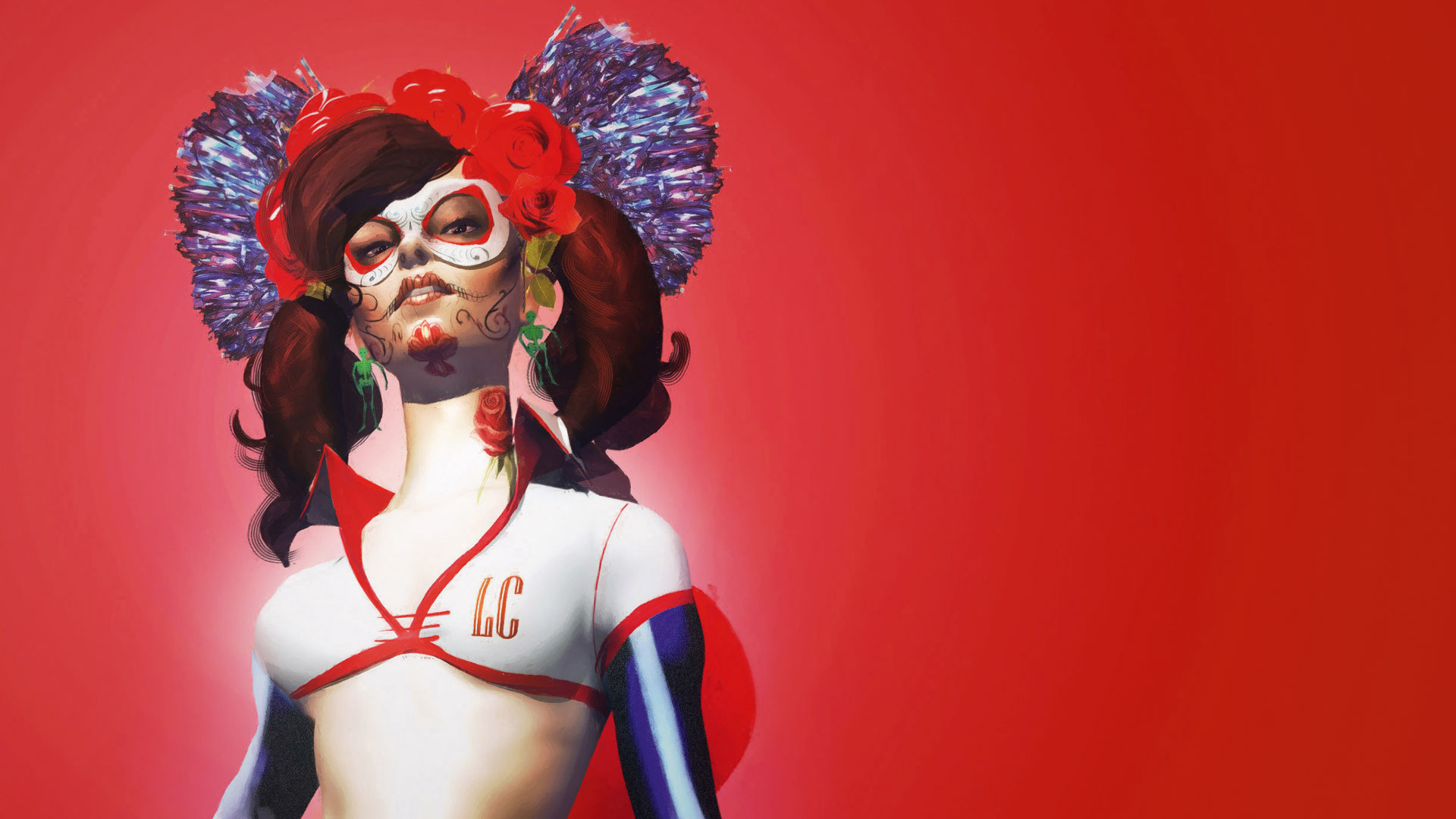Top portfolio tips for games artists

You need to understand that every art director has been where you are, and they understand you're not neccessarily going to have a bulging design portfolio.
"If you're a new graduate, I don't expect that your portfolio will be as good as an industry veteran's so I look for two things: the first thing is a willingness to learn and the second thing is potential for growth," says Insomniac Games' art director, Jacinda Chew.
Crucially, when looking at content, remember most companies are hiring you to be part of a team who must all work in a particular style and solve visual problems together.
Do your research and look for where the studio is going as much as where they've been
"There is a style sweet spot that popular games fall into and it's important to keep track of industry trends. It's okay to experiment with different styles and subject matters, but make sure to show some marketable work as well if you want to attract a broader audience. This not only applies to those who want to work on the larger projects," Chew says.
However, this isn't the only thing to watch out for. "The other thing I see a lot in graduate portfolios is a lack of polish. Sculpts look low-poly, textures are obviously tiling, models are poorly lit and rendered, and character and environment designs are incomplete, to name a few," Chew adds. "This is one thing you should learn in school, so make sure your work is complete and looks presentable in your portfolio."

With this in mind, is it better to target a portfolio or showreel at a particular studio/role than have a general one? "I get asked this a lot. This depends on the studio you're applying to. If a studio has been doing the same type of projects for years, chances are they will continue to do the same thing moving forward," reveals Chew, adding: "In this case, I think it's important to target your portfolio to that particular studio."
"Insomniac tends to switch styles from project to project," Chew continues, "so I have the opposite problem where artists show me targeted portfolios of my last project when that is often exactly the opposite of what I'm looking for. I normally prefer to look at general portfolios for this reason."
Daily design news, reviews, how-tos and more, as picked by the editors.

So the simple answer is do your research and look for where the studio is going as much as where they've been. Another common question concerns showing work in progress examples (not unfinished random work) alongside final animations and renders…
"I get asked this a lot as well," explains Chew. "I feel a bit sorry that artists get so many conflicting responses to this question. Personally, I like seeing both in-progress images and final renders/animations. I'm not sure why it wouldn't be helpful to see in-progress work. If you think about it, most of the communication done between an art director and artist is via sketches and mock-ups. Of course I want to see it!"
This article originally appeared in 3D World issue 206; buy it here!

Ian Dean is Editor, Digital Arts & 3D at Creative Bloq, and the former editor of many leading magazines. These titles included ImagineFX, 3D World and video game titles Play and Official PlayStation Magazine. Ian launched Xbox magazine X360 and edited PlayStation World. For Creative Bloq, Ian combines his experiences to bring the latest news on digital art, VFX and video games and tech, and in his spare time he doodles in Procreate, ArtRage, and Rebelle while finding time to play Xbox and PS5.
